Home>Articles>How Long Does It Take For Refrigerator To Get Cold
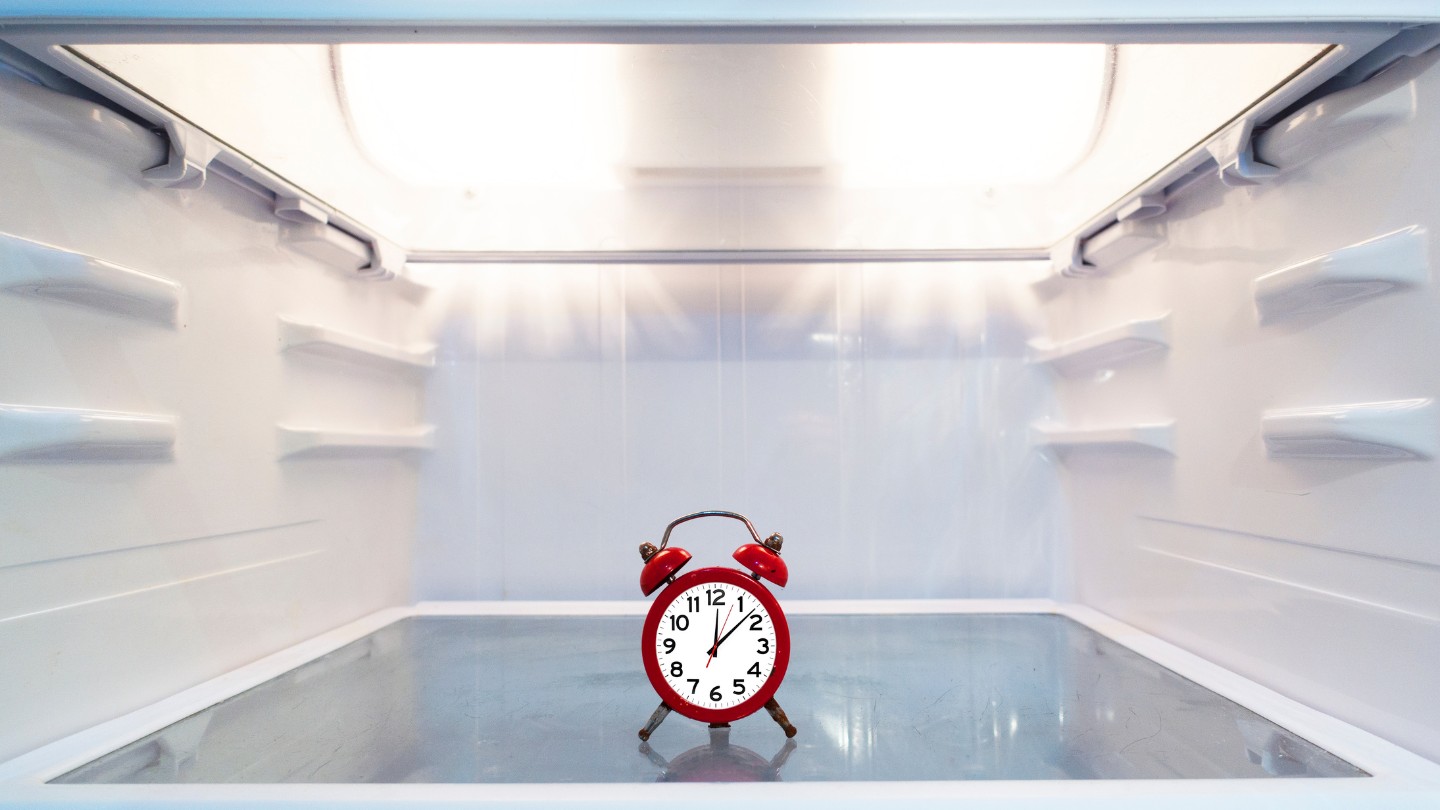

Articles
How Long Does It Take For Refrigerator To Get Cold
Modified: January 19, 2024
Discover how long it takes for a refrigerator to reach optimal cooling temperature. Read informative articles on the subject and gain valuable insights.
(Many of the links in this article redirect to a specific reviewed product. Your purchase of these products through affiliate links helps to generate commission for Storables.com, at no extra cost. Learn more)
Introduction
Welcome to our article on how long it takes for a refrigerator to get cold. If you’ve just purchased a new refrigerator or are experiencing issues with your current one, understanding the cooling time is essential to ensure its efficiency and effectiveness. Refrigerators play a crucial role in preserving the freshness of our food and beverages, so having a clear understanding of the time it takes for them to cool down is vital.
When you first set up a refrigerator or make adjustments to its temperature settings, it goes through a process called “initial cooling.” During this period, the refrigerator works to reach its optimum cooling temperature. The time required for this process can vary based on several factors, including the model of the refrigerator, ambient temperature, and the initial food and beverage load inside the fridge.
In this article, we will explore the various factors that affect the cooling time of a refrigerator, tips to shorten the cooling time, and common issues that can impact its cooling efficiency. By understanding these factors, you’ll be able to optimize your refrigerator’s performance and make informed decisions about its usage.
Key Takeaways:
- Factors such as refrigerator size, ambient temperature, and food placement impact cooling time. Proper setup, maintenance, and strategic food arrangement can optimize refrigerator performance and shorten cooling time.
- Common issues like dirty coils, malfunctioning thermostat, and inadequate insulation can hinder cooling efficiency. Addressing these issues improves overall performance and reduces refrigerator cooling time.
Factors Affecting Cooling Time
The cooling time of a refrigerator can be influenced by several factors. Understanding these factors will help you estimate how long it will take for your refrigerator to reach its desired temperature. Here are some key factors that affect the cooling time:
- Size and Model of the Refrigerator: The size and model of the refrigerator play a significant role in determining the cooling time. Larger refrigerators generally take longer to cool down compared to smaller ones. Additionally, the cooling mechanism and insulation quality of the refrigerator model can also impact the cooling time.
- Ambient Temperature: The temperature of the environment where the refrigerator is placed can affect its cooling time. If the ambient temperature is high, the refrigerator will need more time to cool down. It’s important to keep the refrigerator away from heat sources such as direct sunlight or appliances that generate heat.
- Initial Load and Food Placement: The initial load of food and beverages in the refrigerator can impact the cooling time. If you place a large amount of warm food or beverages inside the fridge, it will take longer for them to cool down, thereby increasing the overall cooling time. It’s advisable to allow the food and beverages to cool down to room temperature before storing them in the refrigerator.
- Frequency of Door Openings: The frequency at which you open the refrigerator door can affect its cooling time. Each time the door is opened, warm air from the surroundings enters the fridge, increasing the internal temperature. To minimize the impact on cooling time, try to keep the door closed as much as possible and plan in advance what you need to retrieve from the refrigerator.
- Proper Air Circulation: Proper air circulation inside the refrigerator is crucial for efficient cooling. Ensure that the vents inside the fridge are not blocked by food items, containers, or ice buildup. Blocked vents can restrict airflow and result in longer cooling times.
Keep in mind that these factors are interconnected, and multiple factors can influence the cooling time simultaneously. Therefore, it’s essential to consider all these aspects to get an accurate estimate of how long it will take for your refrigerator to get cold.
Refrigerator Setup and Configuration
Proper setup and configuration of your refrigerator can significantly impact its cooling time and overall performance. Here are some essential factors to consider:
- Leveling the Refrigerator: To ensure optimal cooling, it’s important to properly level the refrigerator. Use a leveling tool to check if the refrigerator is balanced in all directions. If it’s not level, adjust the feet or use shims to achieve a balanced position. A leveled refrigerator allows for proper circulation of refrigerant and enhances cooling efficiency.
- Temperature Settings: Most refrigerators come with adjustable temperature settings. It’s crucial to set the temperature to the recommended level to achieve effective cooling. Refer to the manufacturer’s guidelines for specific recommendations based on the type of food you plan to store. Avoid setting the temperature too low, as it may lead to excessive cooling and unnecessary energy consumption.
- Allowing Space for Airflow: Proper airflow is essential for efficient cooling. When setting up your refrigerator, make sure to leave ample space around it. This allows for adequate ventilation and prevents the accumulation of heat in the surrounding area. Additionally, avoid pushing the refrigerator too close to the wall to maintain proper airflow.
- Defrosting Regularly: If your refrigerator has a freezer, it’s important to defrost it regularly. Excessive ice buildup can hinder the cooling process and reduce overall efficiency. Follow the manufacturer’s recommendations for defrosting frequency and methods to ensure optimal cooling performance.
- Cleaning the Coils: The condenser coils of the refrigerator can accumulate dust and debris over time, impairing cooling efficiency. Routinely clean the coils using a brush or vacuum cleaner to remove any buildup. This will help the refrigerator operate more efficiently and reduce the cooling time.
By paying attention to these setup and configuration factors, you can optimize the performance of your refrigerator and ensure it cools down quickly and effectively.
Types of Refrigerators and Cooling Time Variances
Refrigerators come in various types, each with its own cooling mechanism and time variances. Understanding the different types can give you insight into their cooling time and help you make an informed decision when purchasing a refrigerator. Here are some common types:
- Conventional Refrigerators: Conventional refrigerators, also known as top-mount or bottom-mount refrigerators, are the most traditional type. These models have a separate freezer compartment located either on the top or bottom. In terms of cooling time, they typically take longer to cool down compared to other types due to their design and position of the freezer compartment.
- Side-by-Side Refrigerators: Side-by-side refrigerators feature a vertical split design, with the freezer on one side and the refrigerator on the other. These models offer equal space for both compartments and generally have a faster cooling time compared to conventional refrigerators. However, they may have narrower shelves that can limit storage capacity.
- French Door Refrigerators: French door refrigerators have two narrow doors for the refrigerator section and a bottom freezer drawer. This design allows for easy access to frequently used items in the refrigerator while providing ample storage space. The cooling time for French door refrigerators is similar to that of side-by-side models.
- Compact Refrigerators: Compact refrigerators are smaller in size and often used as secondary or portable refrigerators. Due to their smaller capacity, they generally have a faster cooling time compared to larger models. However, it’s important to note that the cooling time can still be influenced by other factors such as ambient temperature and initial load.
- Smart Refrigerators: Smart refrigerators are equipped with advanced technologies and features such as smartphone connectivity, touchscreens, and advanced temperature control. While the cooling time may vary depending on the specific model, these refrigerators often offer precise temperature management, allowing for efficient cooling and better temperature consistency.
It’s important to consider these different types of refrigerators and their cooling time variances when selecting a model that suits your needs. Additionally, factors like insulation quality, compressor efficiency, and overall design can further impact the cooling time, so it’s advisable to review specifications and customer reviews to assess a refrigerator’s cooling performance.
The time it takes for a refrigerator to get cold can vary depending on factors such as the initial temperature, the size of the refrigerator, and the temperature setting. However, on average, it can take anywhere from 4 to 24 hours for a refrigerator to reach its optimal cooling temperature.
Tips to Shorten Refrigerator Cooling Time
If you’re looking to shorten the cooling time of your refrigerator, here are some helpful tips to consider:
- Pre-Cooling: Before placing warm or hot food items inside the refrigerator, allow them to cool down to room temperature. This will help reduce the initial load of heat and shorten the overall cooling time.
- Proper Food Arrangement: Arrange food items in a way that allows for proper airflow within the refrigerator. Avoid overcrowding or blocking vents with food containers. This ensures efficient circulation of cold air, leading to faster cooling.
- Strategic Placement: Place food items that require high cooling on the inner shelves or closer to the vents. These areas tend to be cooler and will facilitate quicker cooling of temperature-sensitive items.
- Regular Door Checks: Minimize the frequency and duration of door openings to maintain a consistent temperature inside the refrigerator. Keeping the door closed as much as possible prevents warm air from entering and preserving the cold temperature.
- Use Quick Cooling Options: Many modern refrigerators offer quick cooling options or modes. Take advantage of these features when you have a large amount of food to cool or want to optimize the cooling time.
- Keep the Refrigerator Clean: Regularly clean the refrigerator to remove any spills or food residue that can hinder the cooling process. A clean refrigerator operates more efficiently and promotes faster cooling times.
- Check and Maintain Optimal Temperature Settings: Ensure that the refrigerator is set to the recommended temperature range. Consider using a thermometer to monitor and adjust the settings if necessary. Maintaining optimal temperature settings allows the refrigerator to cool efficiently.
- Avoid Placing Hot Items: Refrain from placing hot or steaming hot items directly into the refrigerator. Allow them to cool down on the kitchen counter or using another cooling method before transferring them to the refrigerator. This prevents the refrigerator from working harder to cool down hot items.
Implementing these tips can help shorten the cooling time of your refrigerator, reduce energy consumption, and maintain optimal cooling efficiency.
Common Issues Affecting Cooling Efficiency
Several common issues can affect the cooling efficiency of a refrigerator and prolong its cooling time. Identifying and addressing these issues can help improve the overall performance of your refrigerator. Here are some common issues to be aware of:
- Dirty Condenser Coils: Over time, the condenser coils at the back or underneath the refrigerator can accumulate dust and debris. This buildup inhibits heat transfer and reduces cooling efficiency. Regularly clean the coils to ensure optimal cooling performance.
- Malfunctioning Thermostat: A malfunctioning thermostat can disrupt the temperature control of the refrigerator, causing it to run continuously or not cool efficiently. If you notice irregular temperature fluctuations, have the thermostat inspected and repaired if necessary.
- Leaking Door Seals: Damaged or worn-out door seals allow warm air to enter the refrigerator, leading to inefficient cooling. Inspect the door seals regularly and replace them if they are cracked, torn, or no longer create a tight seal.
- Inadequate Insulation: Poor insulation in the refrigerator walls or door can lead to inefficient cooling. Inspect the insulation and ensure there are no gaps, cracks, or damages. Replace the insulation if needed to improve cooling efficiency.
- Inadequate Ventilation: Proper airflow is crucial for optimal cooling. Blocked or obstructed vents can impede the circulation of cold air, resulting in longer cooling times. Keep the vents clear of any obstructions to ensure efficient cooling.
- Improper Refrigerator Positioning: Placing the refrigerator too close to walls or heat sources can hamper its cooling efficiency. The refrigerator needs proper ventilation to release heat. Ensure there is sufficient space around the refrigerator for proper airflow.
- Faulty Condenser Fan: The condenser fan is responsible for drawing air across the condenser coils to cool down the refrigerant. If the fan is malfunctioning or not functioning at all, it can lead to poor cooling efficiency. Have a professional technician inspect and repair the condenser fan if necessary.
- Lack of Maintenance: Regular maintenance is essential to keep the refrigerator in optimal condition. Neglecting routine tasks such as cleaning, defrosting, and checking for any issues can negatively impact cooling efficiency. Follow the manufacturer’s maintenance guidelines to ensure your refrigerator operates at its best.
By addressing these common issues, you can improve the cooling efficiency of your refrigerator, resulting in shorter cooling times and better overall performance.
Conclusion
Understanding the factors and variables that affect the cooling time of a refrigerator is essential for optimizing its performance. From the size and model of the refrigerator to the ambient temperature and proper setup, these factors play a significant role in how long it takes for a refrigerator to get cold.
To ensure faster cooling times, it’s important to pre-cool hot items, arrange food properly for optimal airflow, minimize door openings, and take advantage of quick cooling options if available. Regular maintenance, such as cleaning the condenser coils and checking for issues like faulty thermostats or leaking door seals, can also improve cooling efficiency.
Additionally, the type of refrigerator you choose will impact the cooling time. Conventional refrigerators generally take longer to cool down compared to side-by-side or French door models. Compact and smart refrigerators may offer faster cooling times due to their size and advanced features.
By paying attention to these factors and following the tips provided, you can shorten the cooling time of your refrigerator, reduce energy consumption, and ensure that your food stays fresh and cool for longer periods.
Remember, each refrigerator may have its own unique characteristics, so it’s important to refer to the manufacturer’s guidelines and specifications for specific recommendations on cooling time and usage.
Ultimately, by considering the factors discussed in this article and implementing the tips provided, you can ensure that your refrigerator gets cold efficiently, allowing you to enjoy fresh and cool food and beverages whenever you need them.
Frequently Asked Questions about How Long Does It Take For Refrigerator To Get Cold
Was this page helpful?
At Storables.com, we guarantee accurate and reliable information. Our content, validated by Expert Board Contributors, is crafted following stringent Editorial Policies. We're committed to providing you with well-researched, expert-backed insights for all your informational needs.
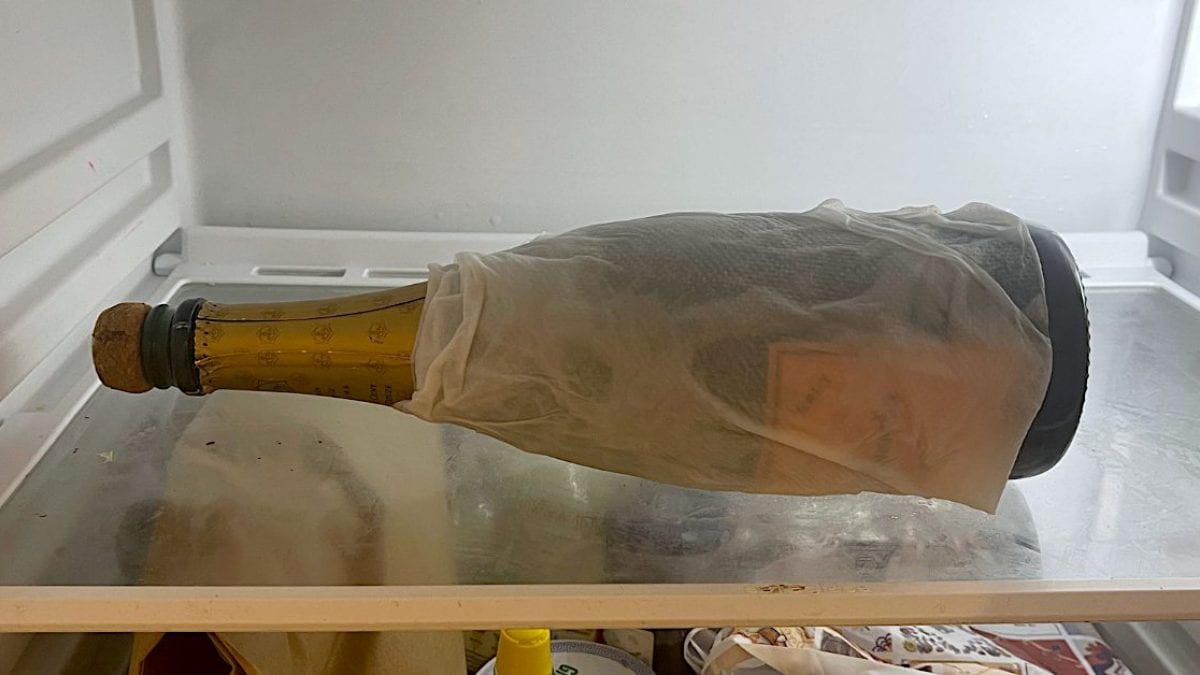
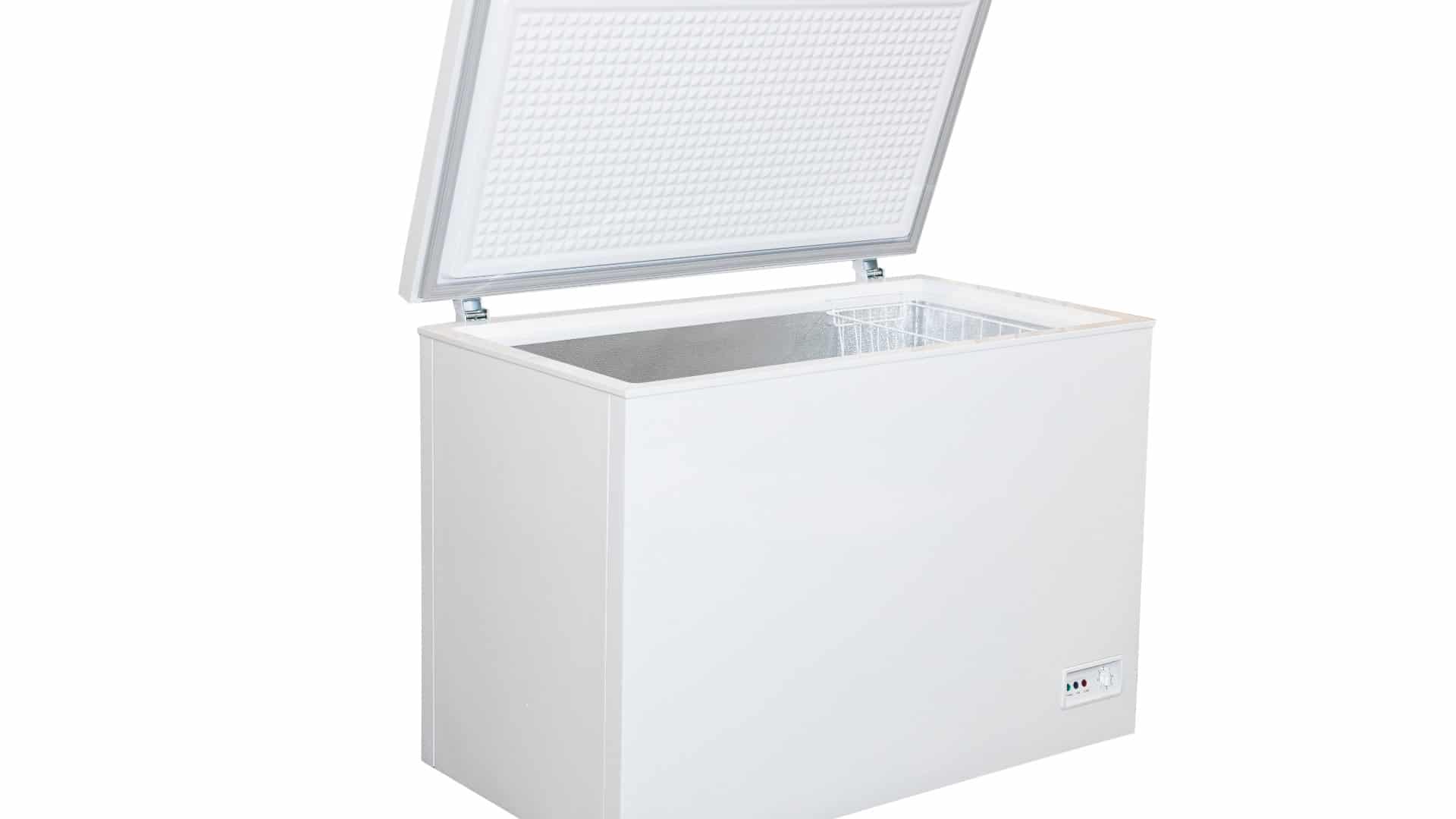
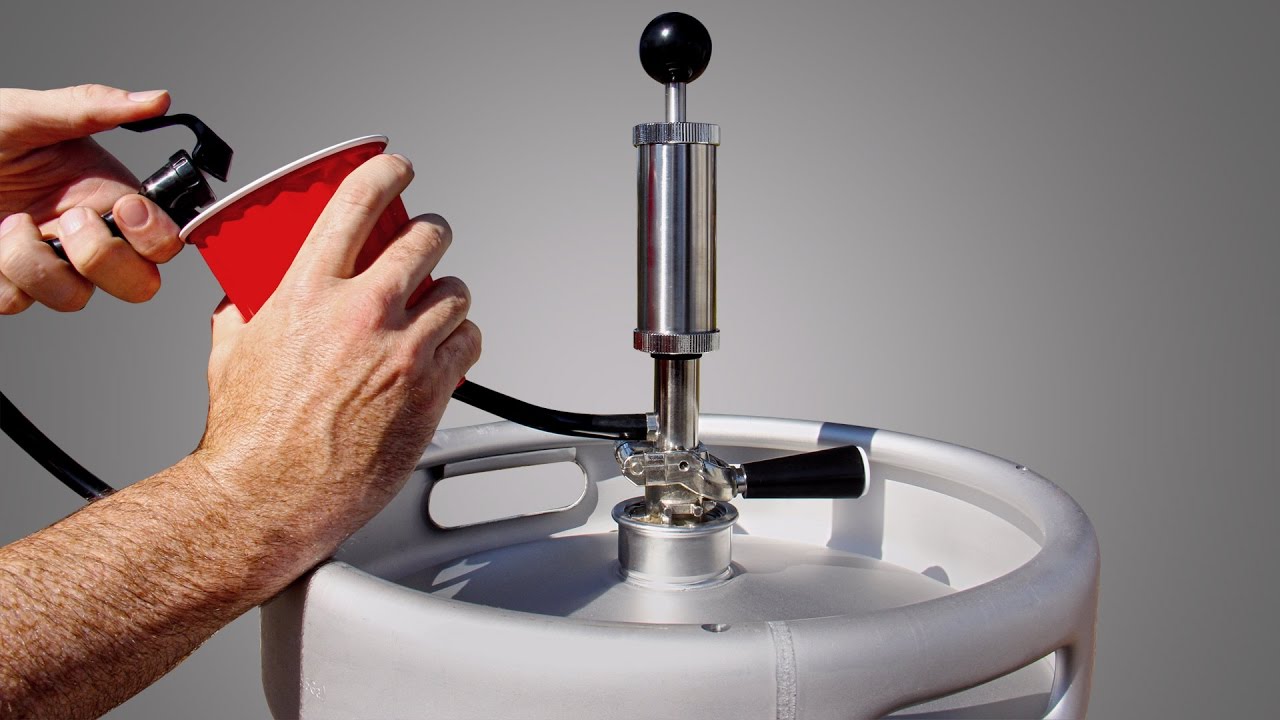
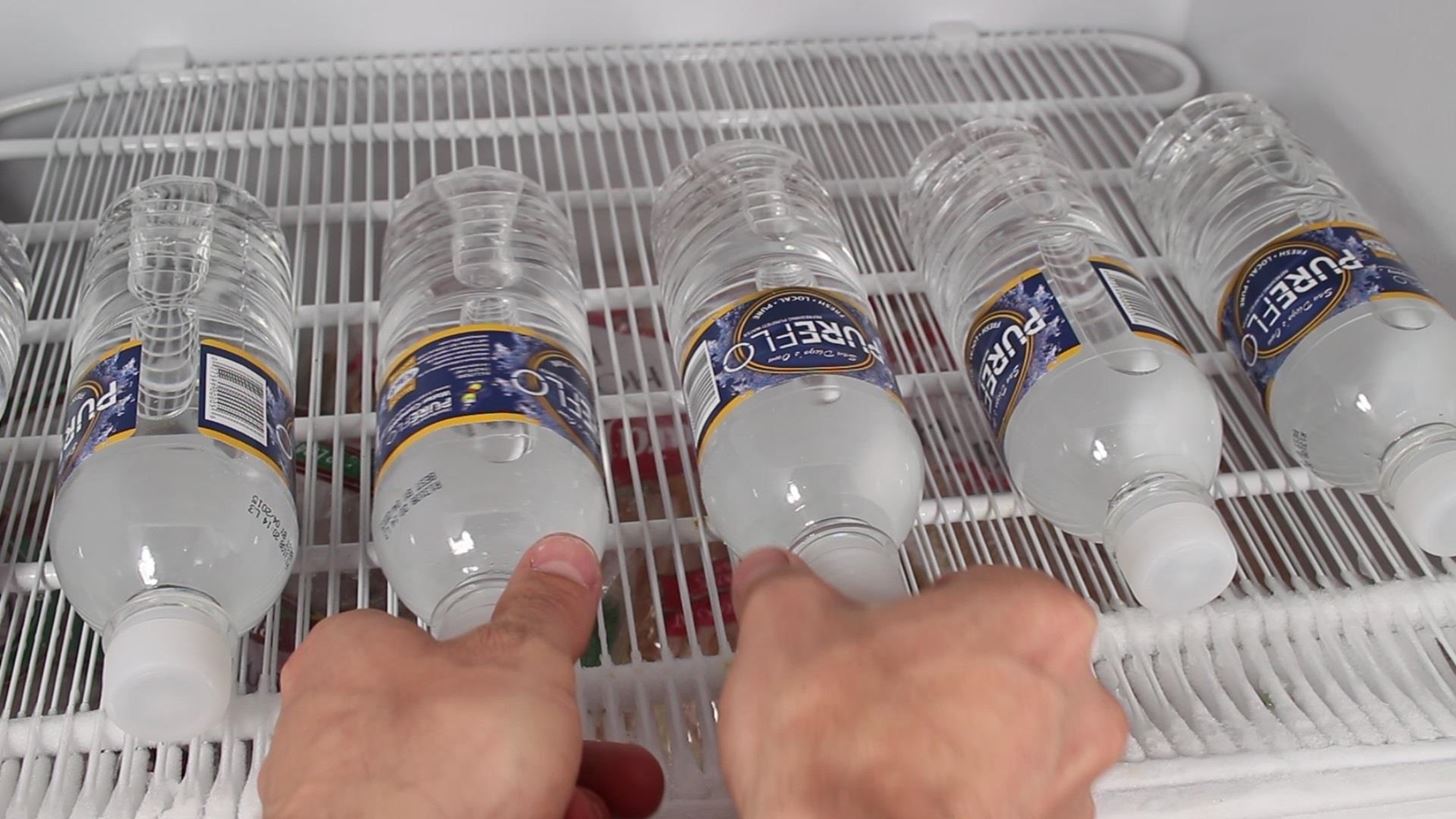
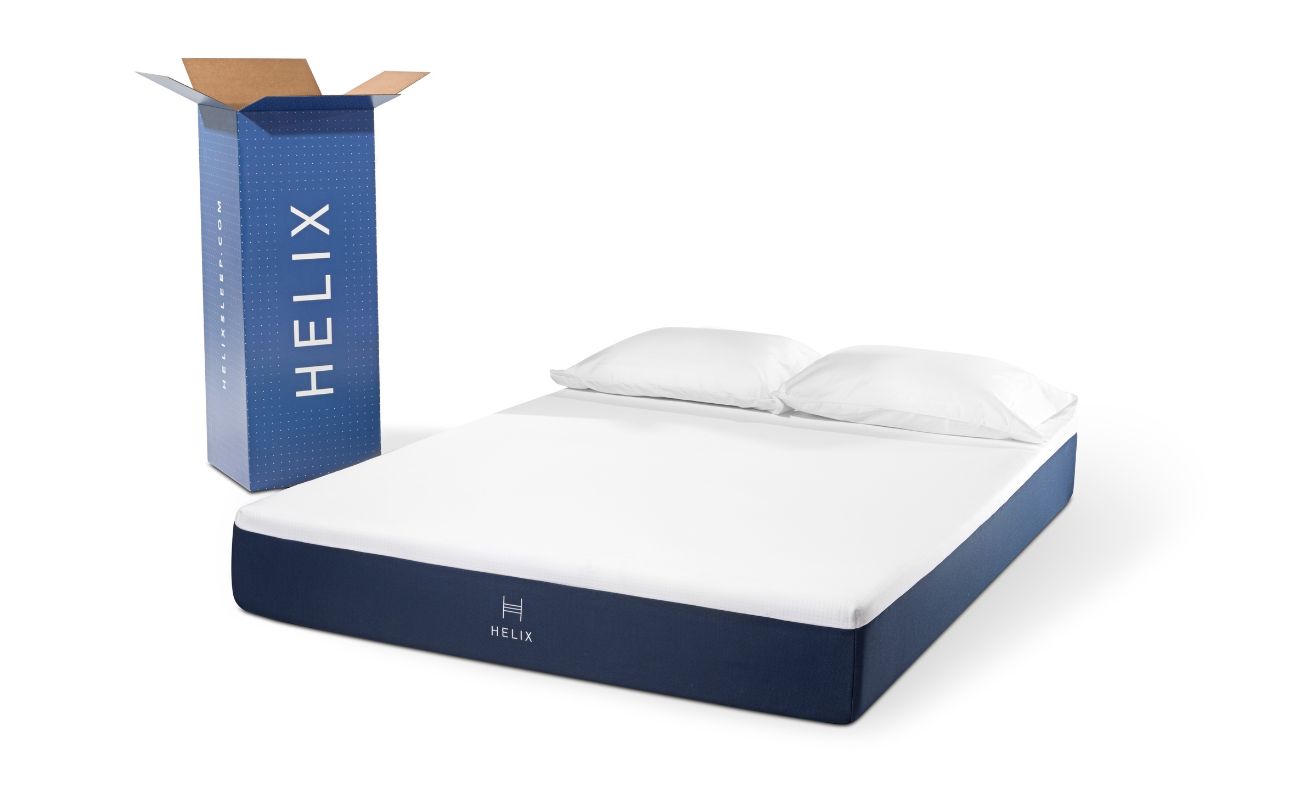
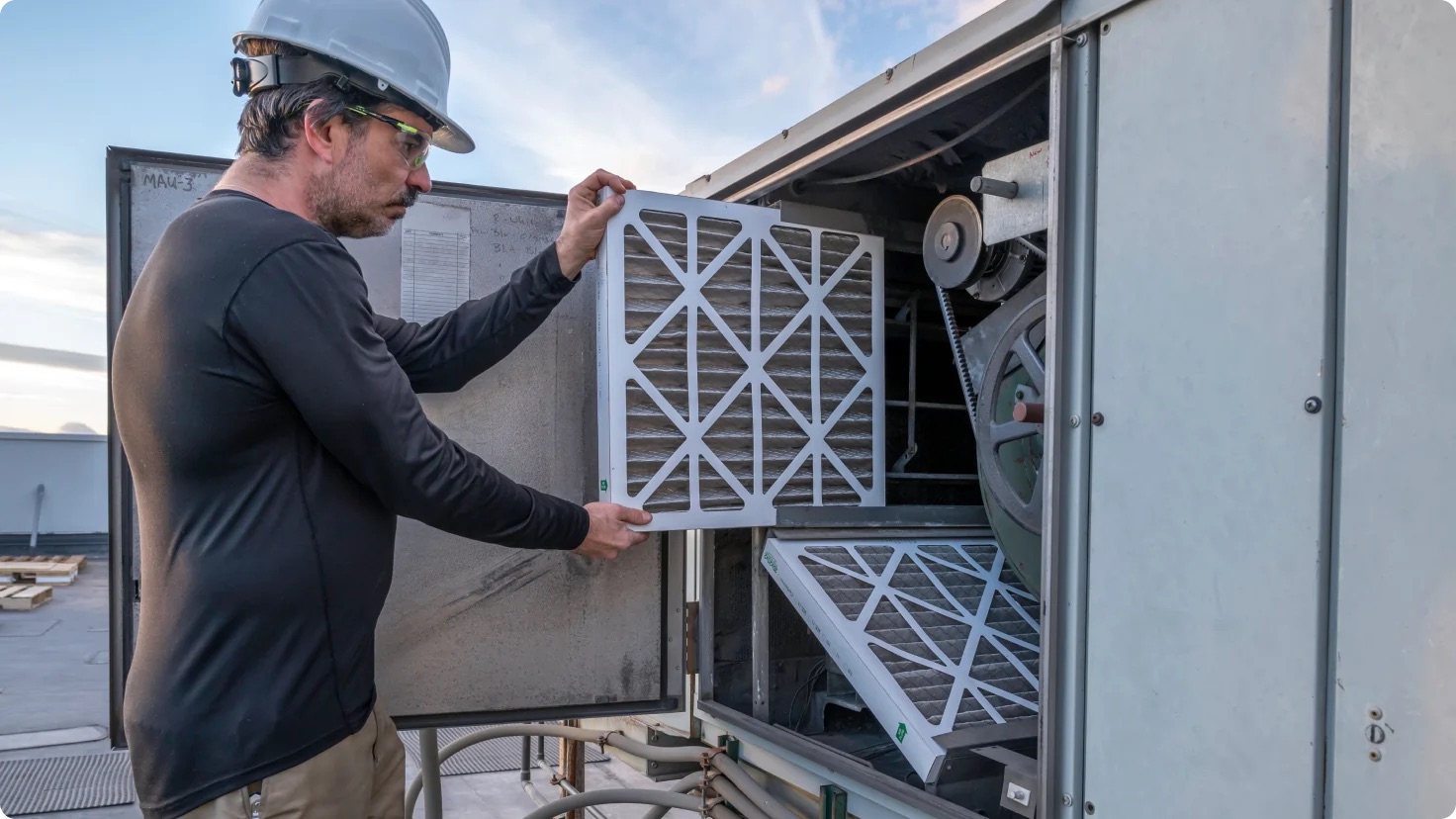
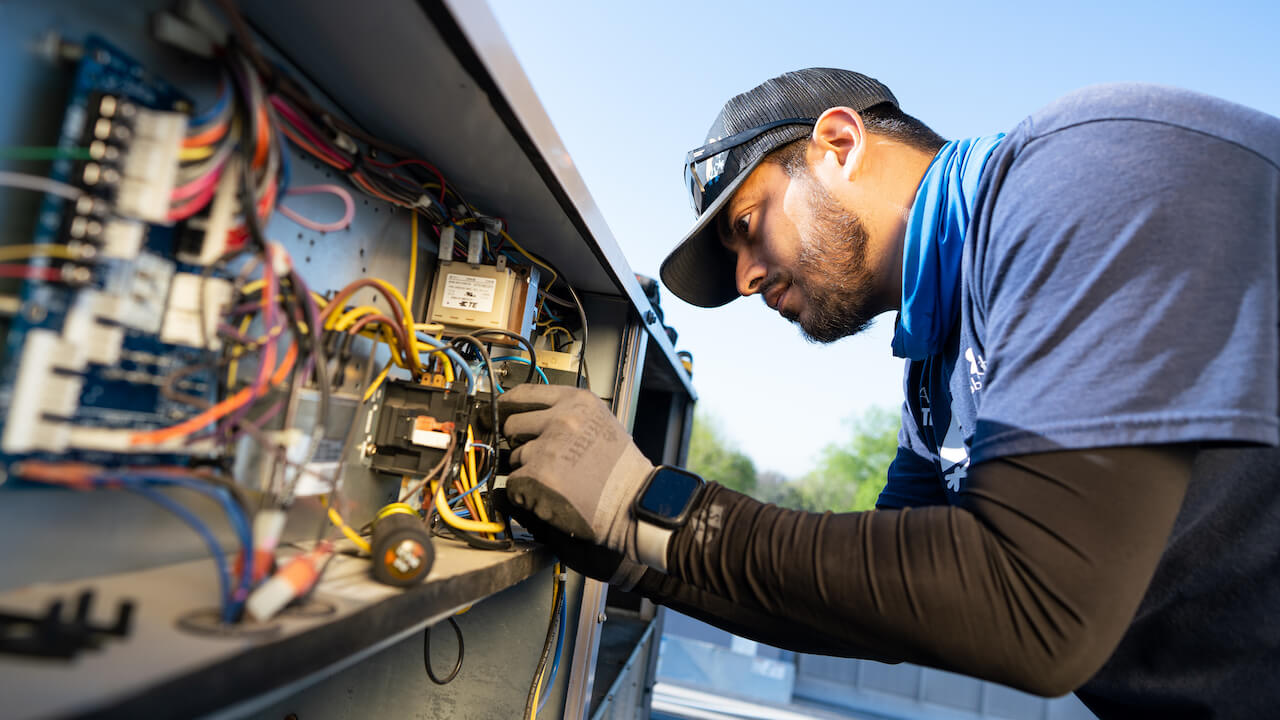
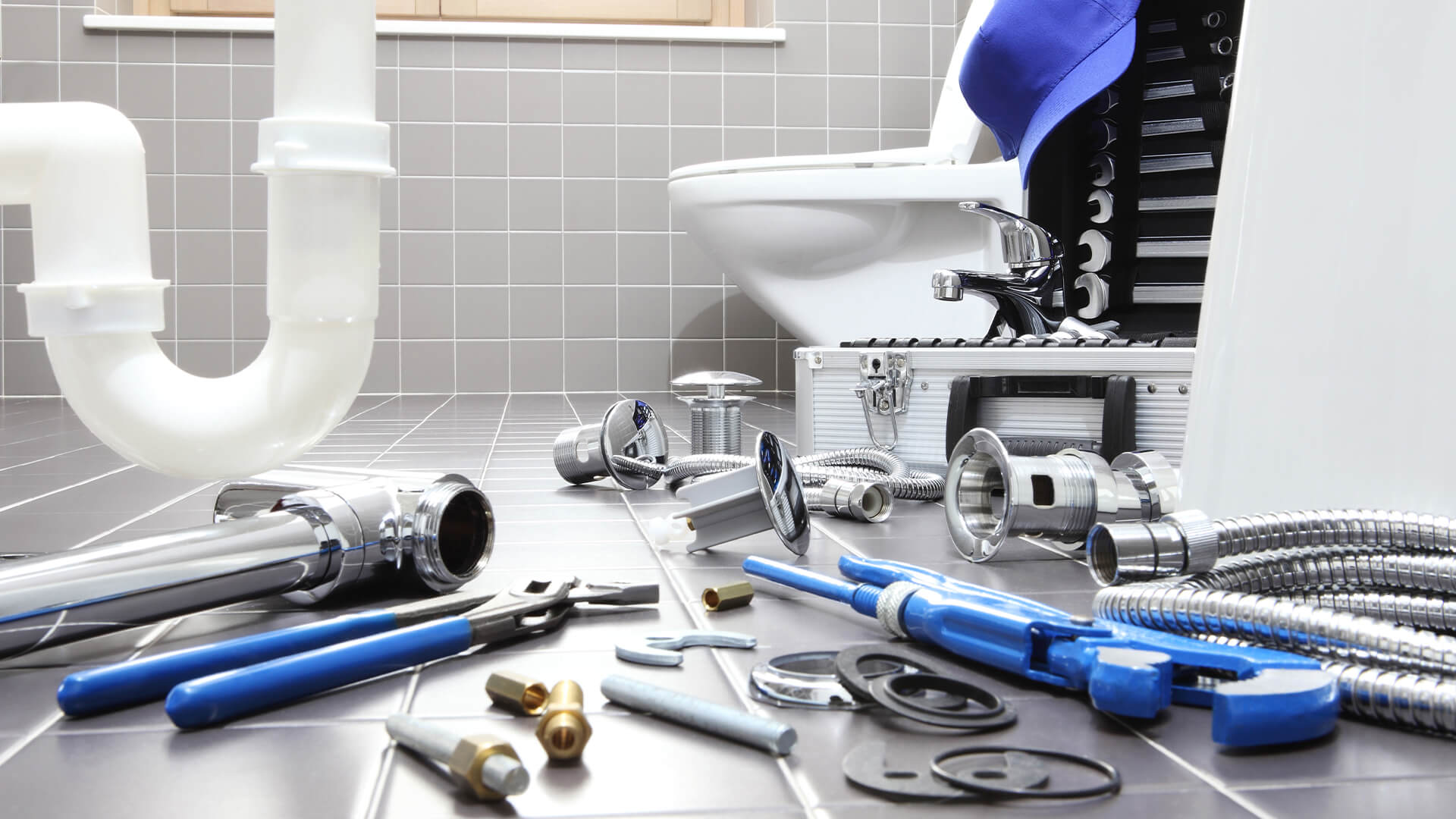
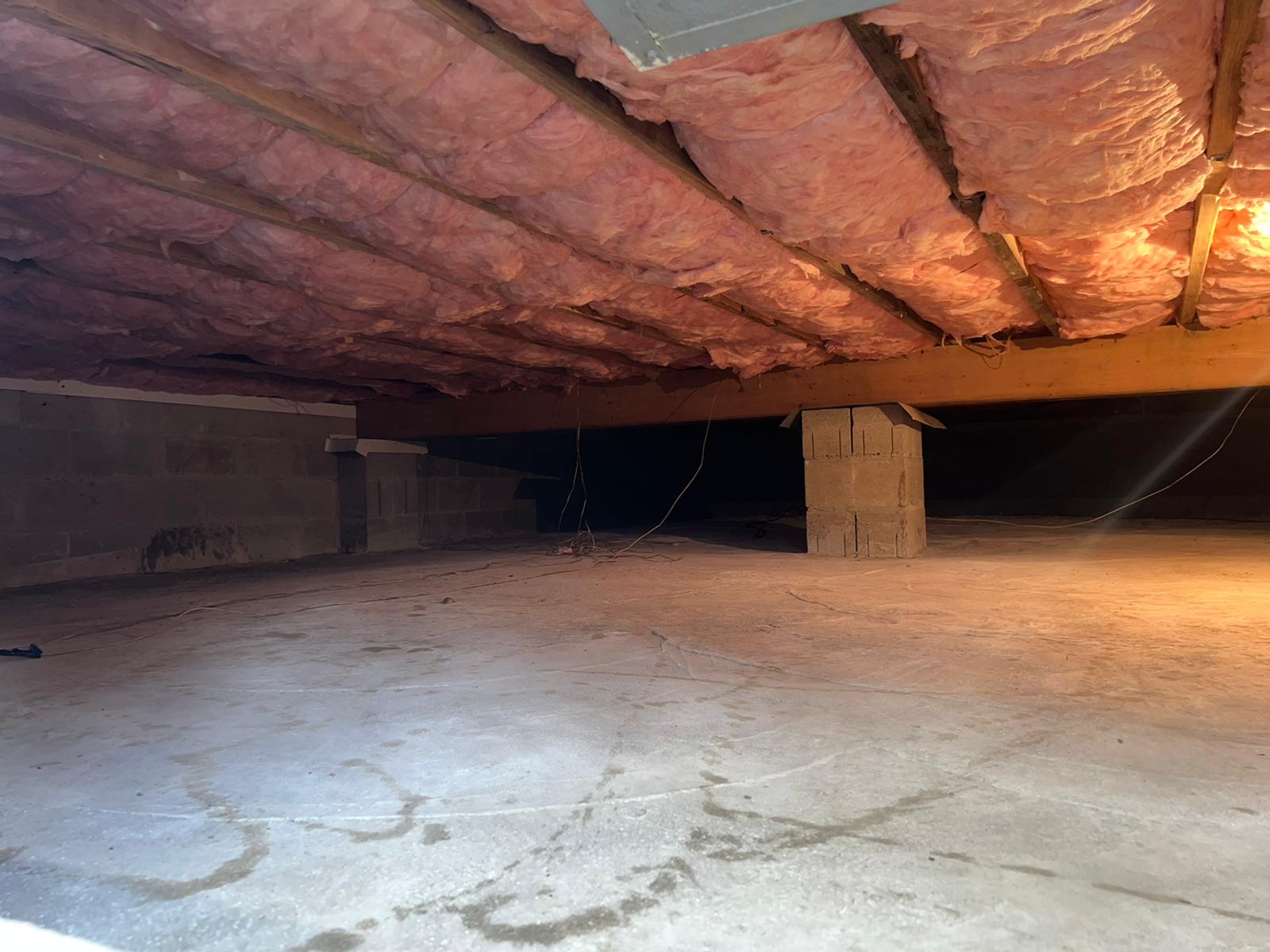
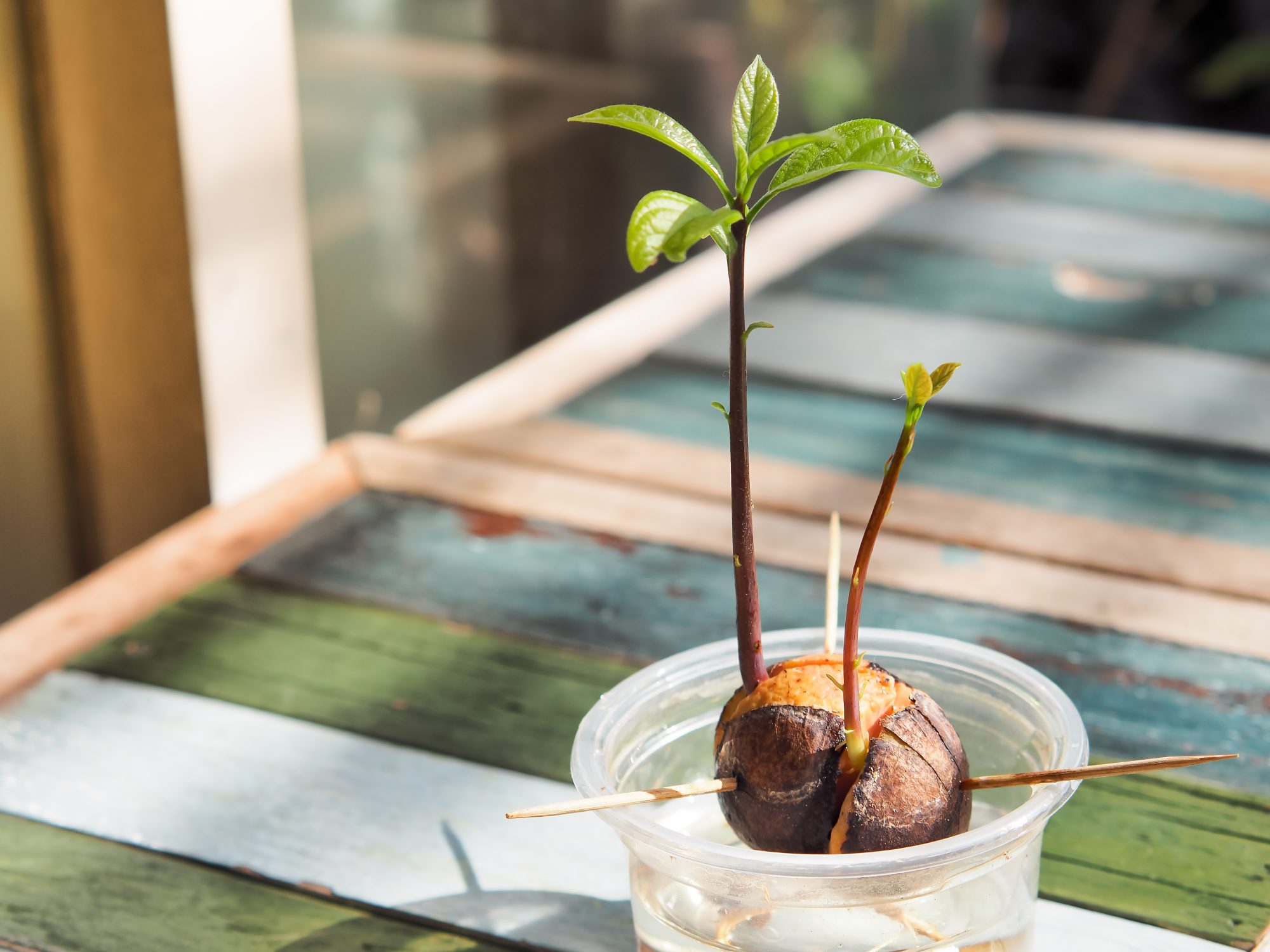
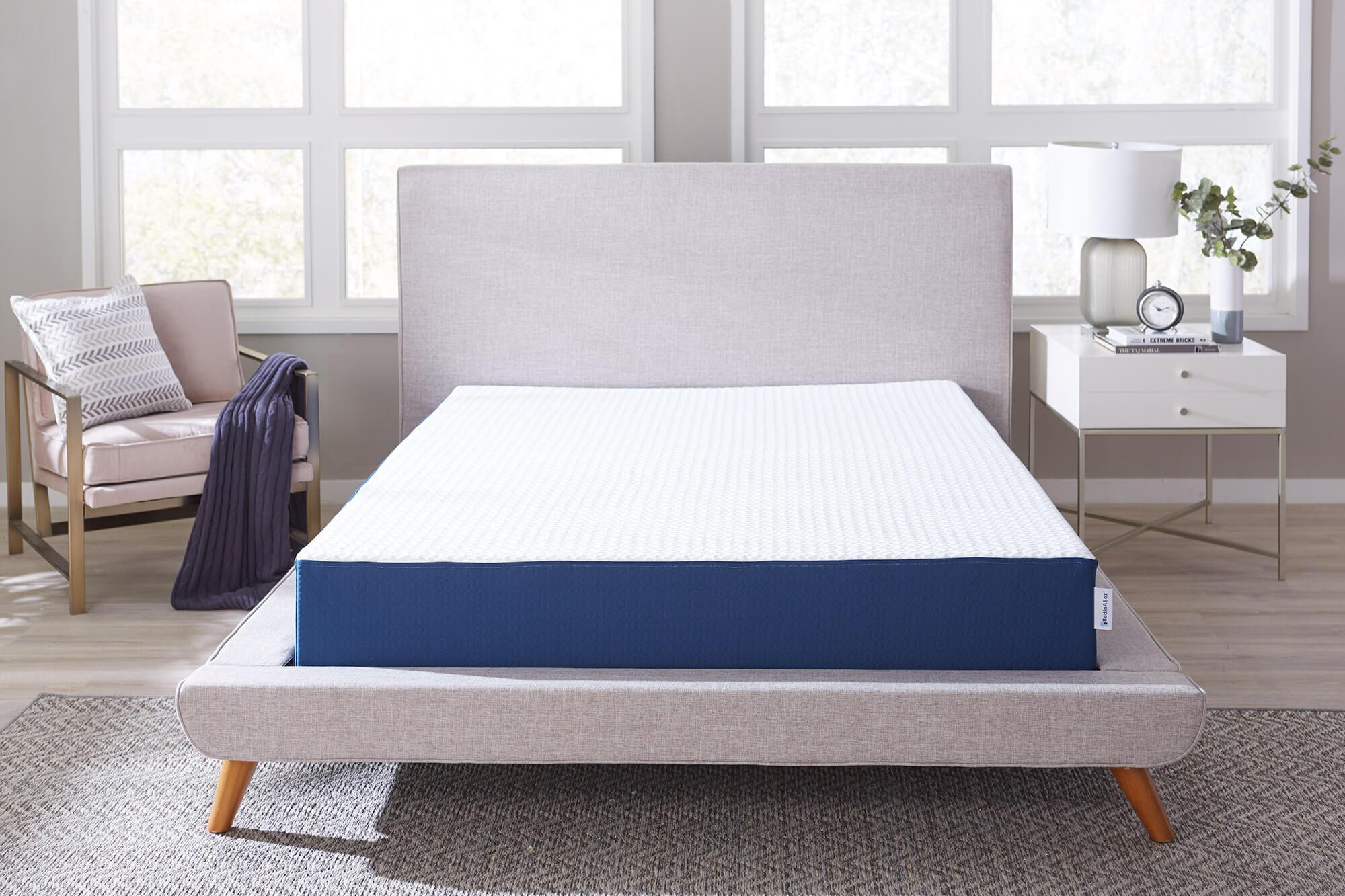
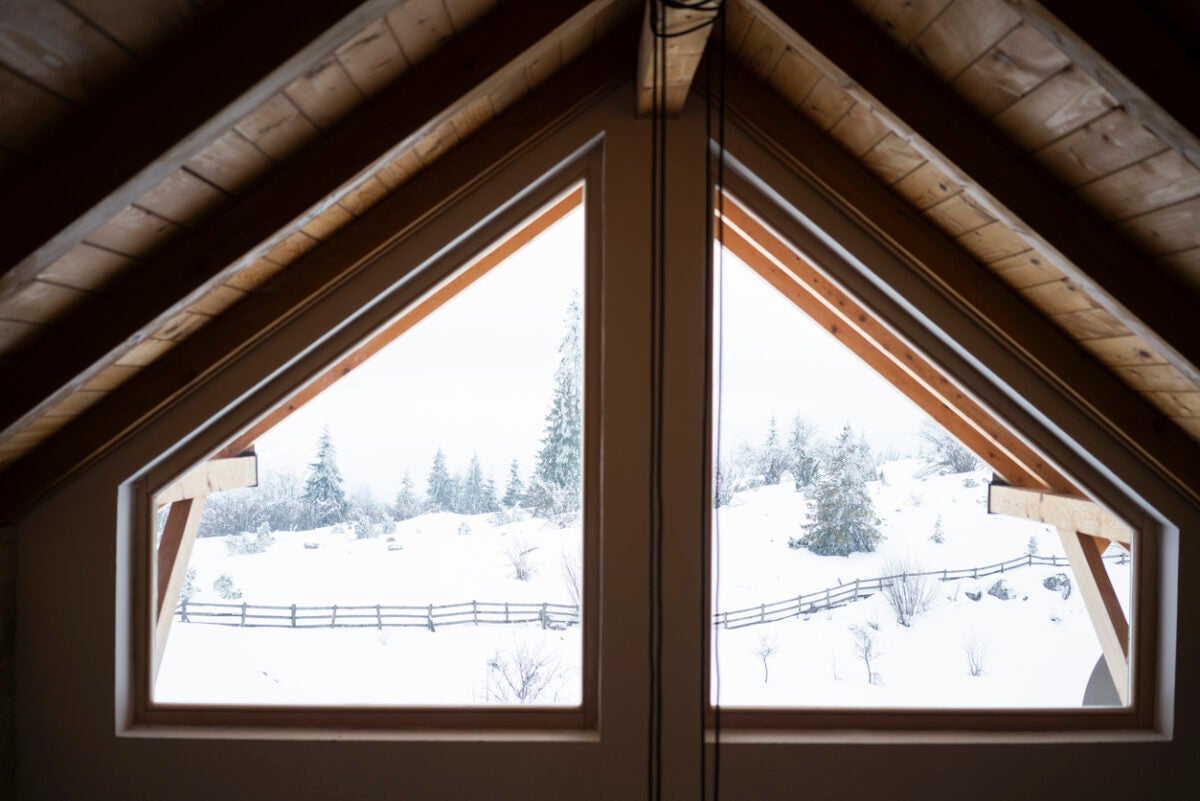
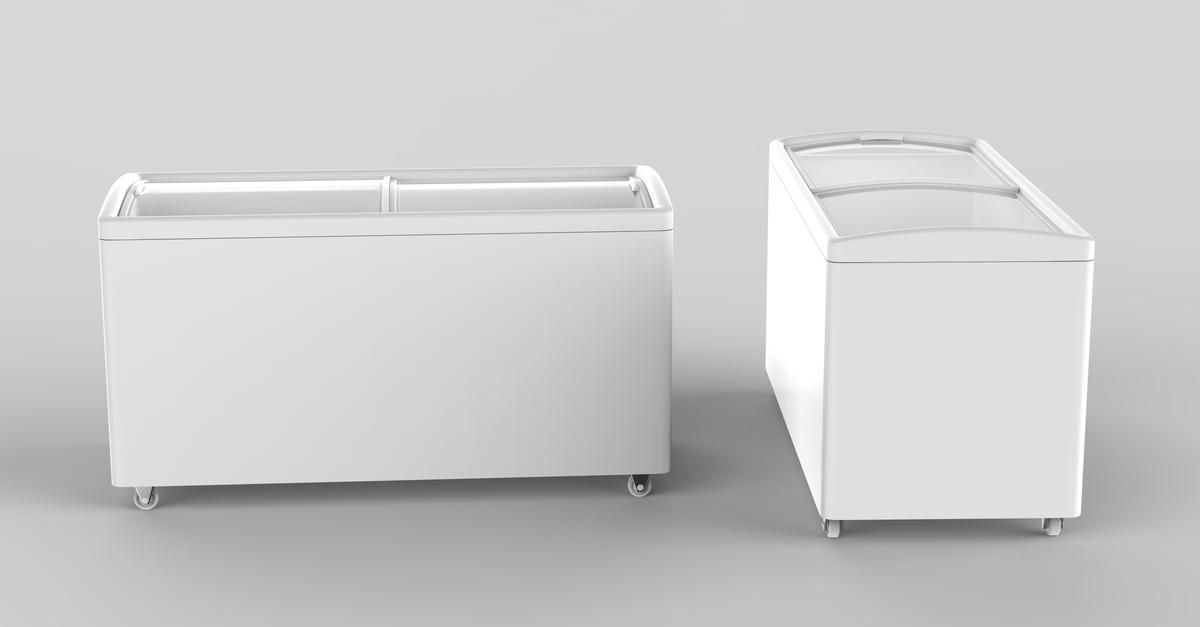
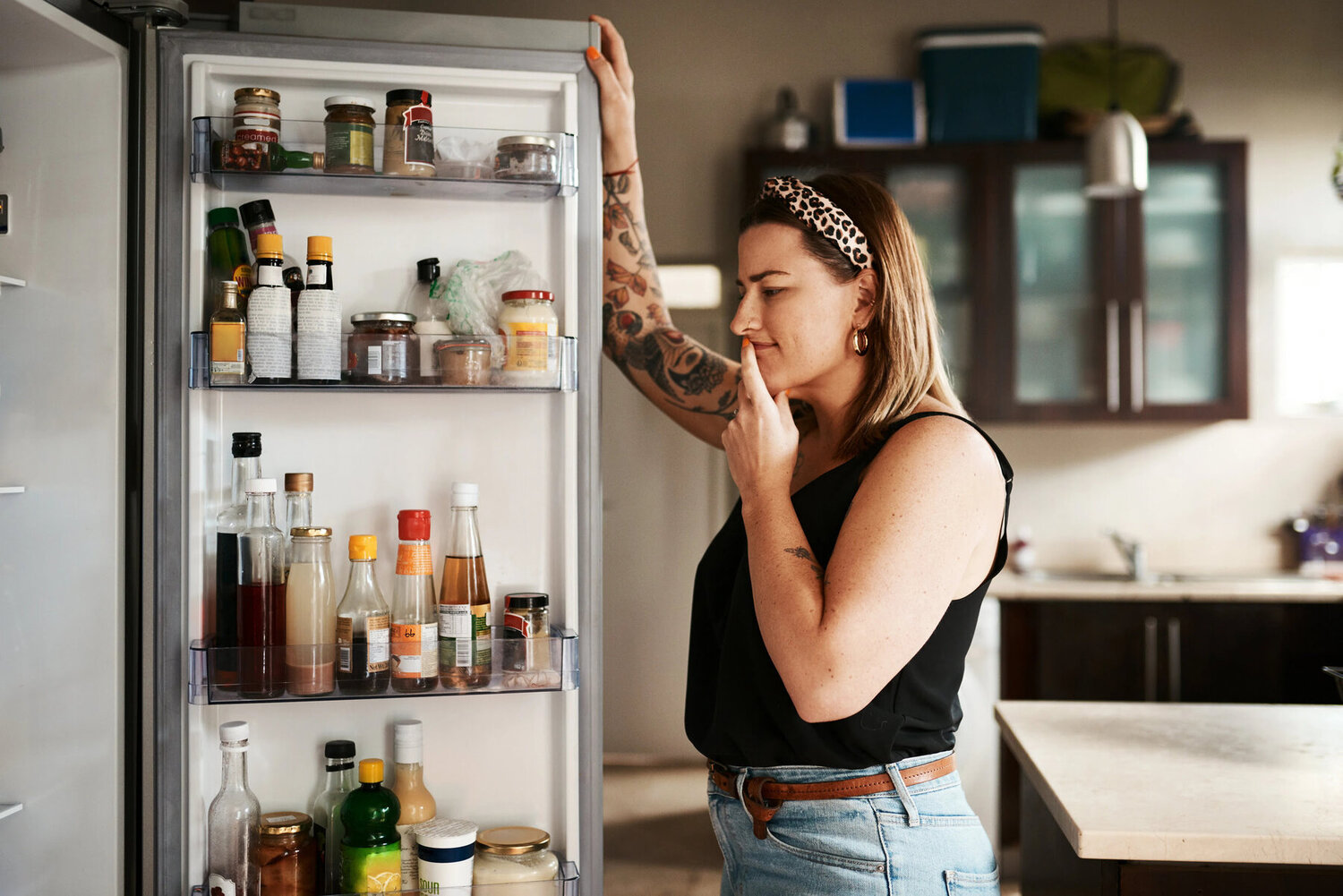

0 thoughts on “How Long Does It Take For Refrigerator To Get Cold”